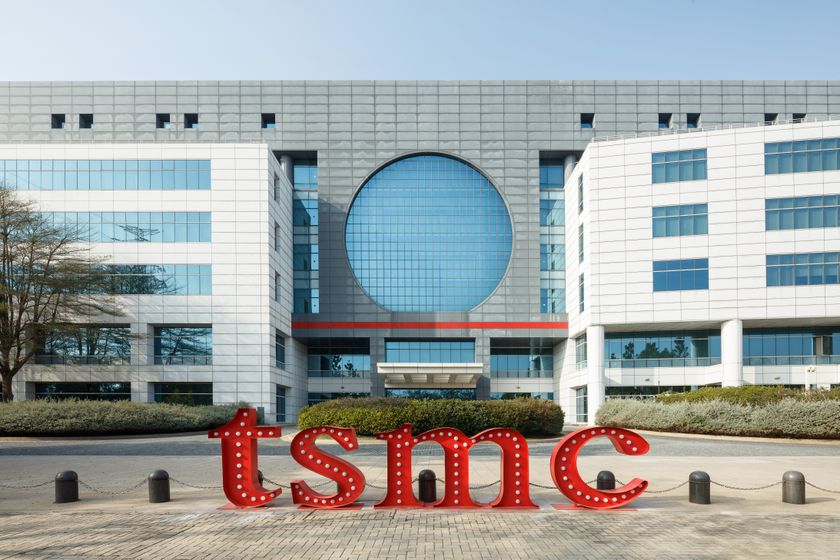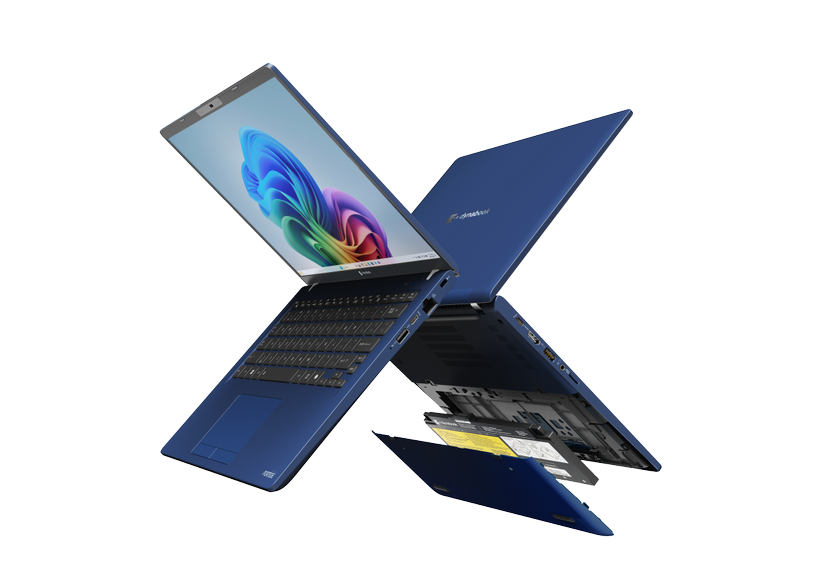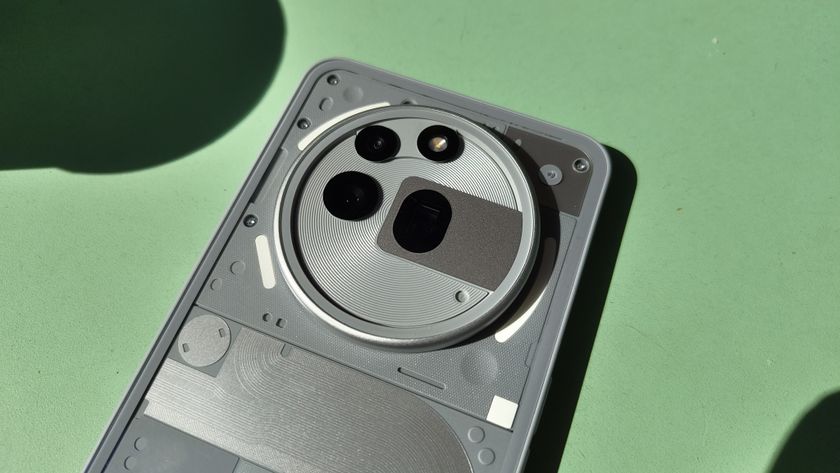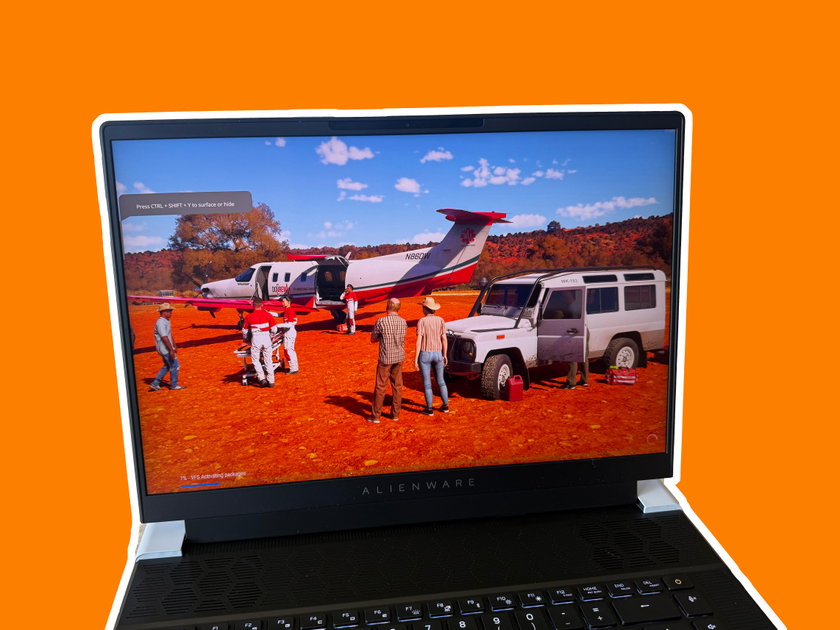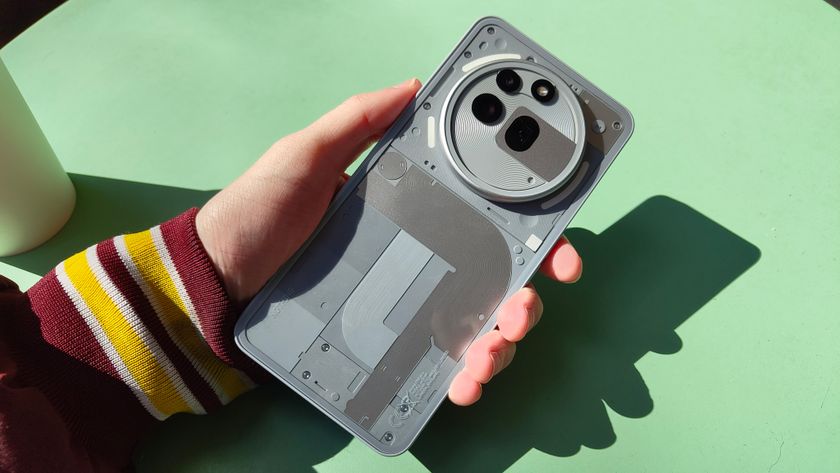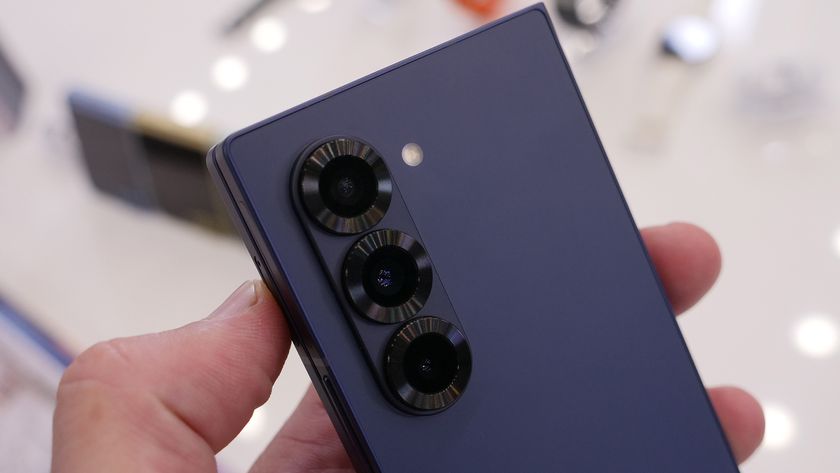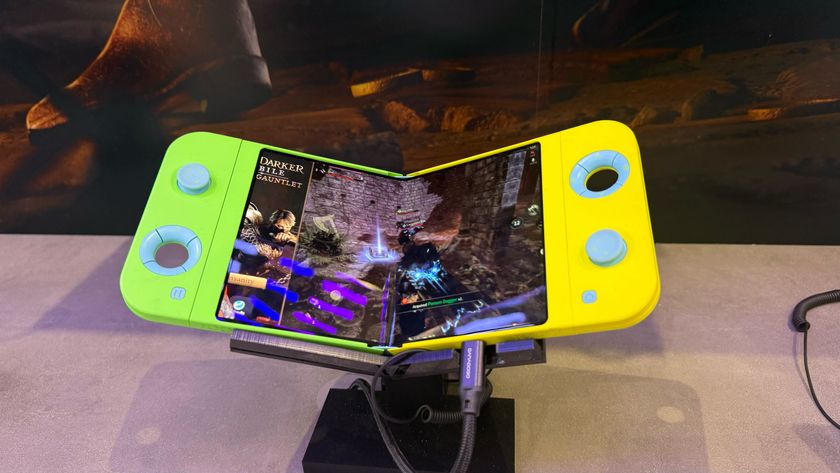MSI Wind No Faster With SSD

If you've been following our MSI Wind coverage, you know that we like the system. We like it so much that we gave it a LAPTOP Editor's Choice award. Some of the feedback we've gotten from readers is that they're excited about the Wind, but many want an SSD instead of the Wind's 2.5" 5,200 rpm hard drive.
SSDs are an exciting technology. In theory, they offer faster boot times, better shock protection, and lower power consumption. In today's world, SSDs also cost a lot more, offer lower capacities, and wear out more quickly than traditional hard drives.
When we interviewed MSI's Andy Tung, he told us that MSI had eschewed the SSD because the company wants to give users higher storage capacities (currently 80GB, but eventually up to 320GB) and because "in a lot of the testing, solid state drives don’t always outperform regular hard drives."
So we wondered: how would the MSI Wind perform if it had an SSD installed, like the ASUS Eee PC 900 series.
We opened the Wind up and installed a 32GB SanDisk SATA 5000 drive in the 2.5" slot and used the machine in this condition for several days. Replacing the hard drive was easy, but voids the machine's warranty so don't try this at home if you want a warranty.
After we installed the SanDisk SSD, we installed Windows XP and loaded on all the requisite Wind drivers. Everything went smoothly and the system functioned just as before. And that's exactly what was disappointing.
The boot time remained steady at 32-34 seconds and the time to open applications like Internet Explorer was no shorter. While we were unable to run our standard Mobile Mark battery test, we noticed no battery-life differences in anecdotal use.
Stay in the know with Laptop Mag
Get our in-depth reviews, helpful tips, great deals, and the biggest news stories delivered to your inbox.
Perhaps the problem is that we were not using the world's fastest SSD. The SanDisk SATA 5000 has unimpressive transfer rates and is not considered a high-performance drive like the Samsung SATA II series. On the other side of the equation, the Wind's preinstalled hard drive is highly-capable 5,400 rpm Western Digital Scorpio. Nevertheless, you have to wonder: how much of a performance benefit does SSD really provide on mini-notebooks?
We recently tested the new Eee PC 901 with XP and, despite its 20GB SSD, it takes 40 seconds to boot as compared to the 32-34 we get from the Wind. Boot time is not the only measure of performance, but it's one of the most desirable benefits of a blazing fast drive. I think most users turn PCB green with envy when they see a video like this YouTube shot of a computer with a high-end Mtron brand SSD booting into Windows XP in 19 seconds.
Most mini-notebook users want to hit a power button and be surfing the Web in short order, not tapping their fingers and watching the hard drive light flash. Fortunately, it looks like MSI did not lose anything by going with a standard hard drive over an SSD.
More MSI Wind Coverage:

